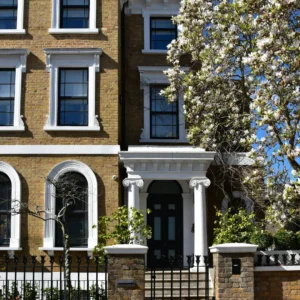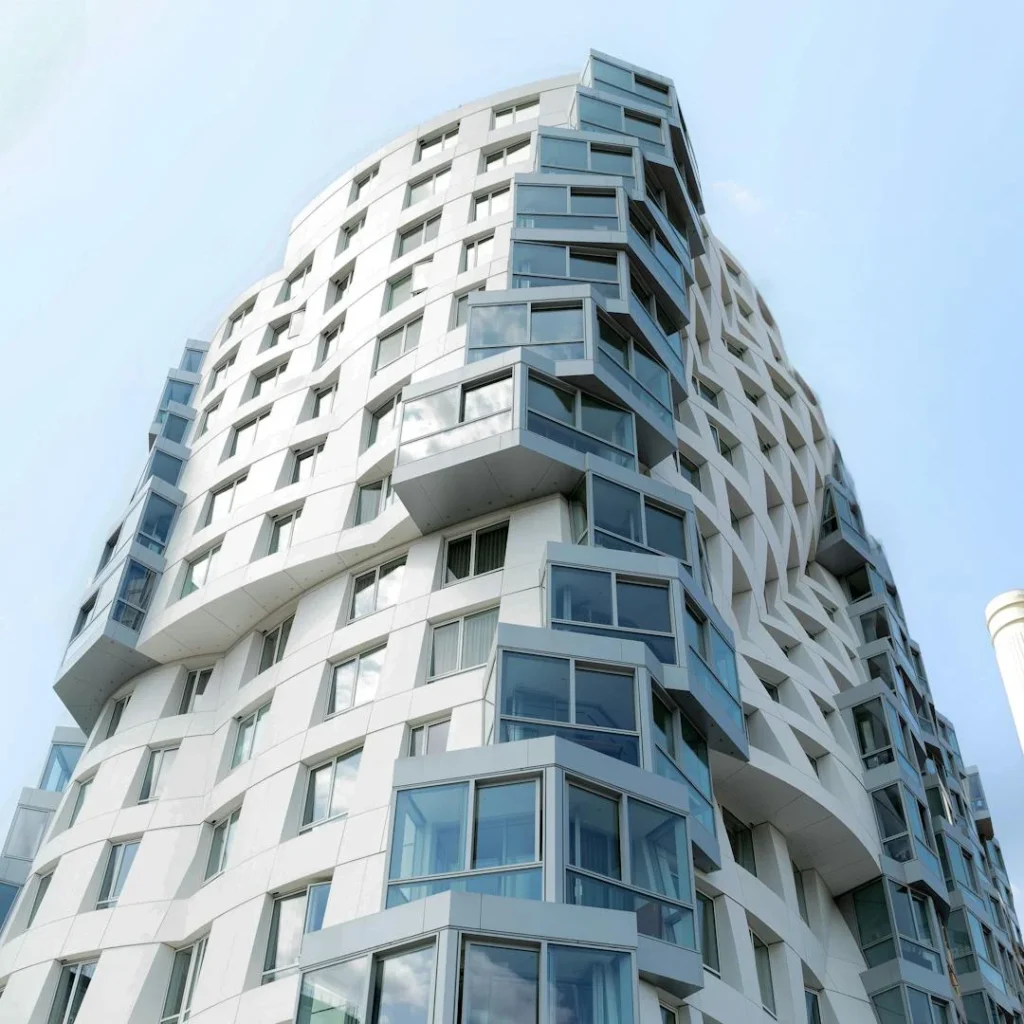London New-Build Sales Hit Record Low
London new-build sales have almost disappeared in six months, representing just 0.9% of total property transactions across the capital.
Fresh analysis by estate agency Benham and Reeves, using Land Registry data, reveals that appetite for new-build homes has sharply declined. The findings compare the number of completed transactions involving new-build properties with overall sales figures across the city.
London New-Build Sales Show Steep Decline
 Between March and August, 24,847 transactions were recorded across London. This represents a notable 37% fall compared with the previous six months. What makes the figure stand out is the role played by new-builds – or rather, their absence.
Between March and August, 24,847 transactions were recorded across London. This represents a notable 37% fall compared with the previous six months. What makes the figure stand out is the role played by new-builds – or rather, their absence.
Only 229 new-build properties changed hands during this period, equating to less than 1% of the total sales recorded. This marks an 84% drop in annual terms, given that new-builds accounted for 3.7% of all sales just one year earlier.
Borough-Level Breakdown
The slowdown has been unevenly spread across the capital. Several boroughs – including the City of London, Barking, Haringey, Lewisham, Havering and Merton – did not register a single new-build transaction in six months.
In a further 15 boroughs, new-build sales made up less than 1% of transactions. These figures highlight just how limited the demand for newly developed homes has become.
Yet not every borough has struggled equally. Newham has emerged as the outlier, where one in ten property sales were new-builds. Brent also showed relative resilience with new-builds accounting for 4.2% of transactions, while Tower Hamlets recorded 3.5%.
Why London New-Build Sales Are Struggling
According to Marc von Grundherr, director at Benham and Reeves, multiple pressures are bearing down on the sector. Developers face higher material and labour costs, while planning approvals are often lengthy and difficult. Rising interest rates have further reduced buyer confidence, making expensive purchases even harder to justify.
At the same time, buyers are becoming increasingly value-driven. In many cases, existing housing stock offers a more affordable alternative to the premium pricing typically attached to brand-new developments. As a result, developers are postponing or scaling back launches, further reducing availability.
The Wider Housing Challenge
London has long suffered from an undersupply of homes, and new-builds traditionally play a crucial role in meeting demand. While the current market climate has dented activity, the need for additional housing has not gone away.
Instead, the rental market has absorbed much of the pressure. Demand for rental homes continues to rise, with limited supply pushing competition and rents higher. For many Londoners, renting has become the only viable option while affordability issues in the sales market persist.
Future Outlook for London New-Build Sales
 Despite the gloom, industry observers suggest the downturn may not last forever. As the economic picture stabilises and confidence slowly returns, both buyers and developers may re-engage with the new-build sector.
Despite the gloom, industry observers suggest the downturn may not last forever. As the economic picture stabilises and confidence slowly returns, both buyers and developers may re-engage with the new-build sector.
Von Grundherr emphasised that while sales volumes are at record lows, new-builds remain integral to solving London’s housing crisis. Once borrowing costs ease and market sentiment improves, demand for modern, energy-efficient homes is likely to rebound.
Key Takeaways
- Transactions fall sharply: Overall property sales in London have dropped 37% in six months.
- New-build collapse: Only 229 new-builds sold, making up less than 1% of total transactions.
- Uneven performance: Newham, Brent, and Tower Hamlets show relative resilience, while many boroughs record no new-build sales at all.
- Rising costs: Developers are hit by higher construction expenses, planning delays, and reduced buyer confidence.
- Rental reliance: With fewer homes sold, London’s rental market is carrying much of the housing demand.
- Potential rebound: New-builds remain key to tackling undersupply, with recovery expected as conditions improve.




